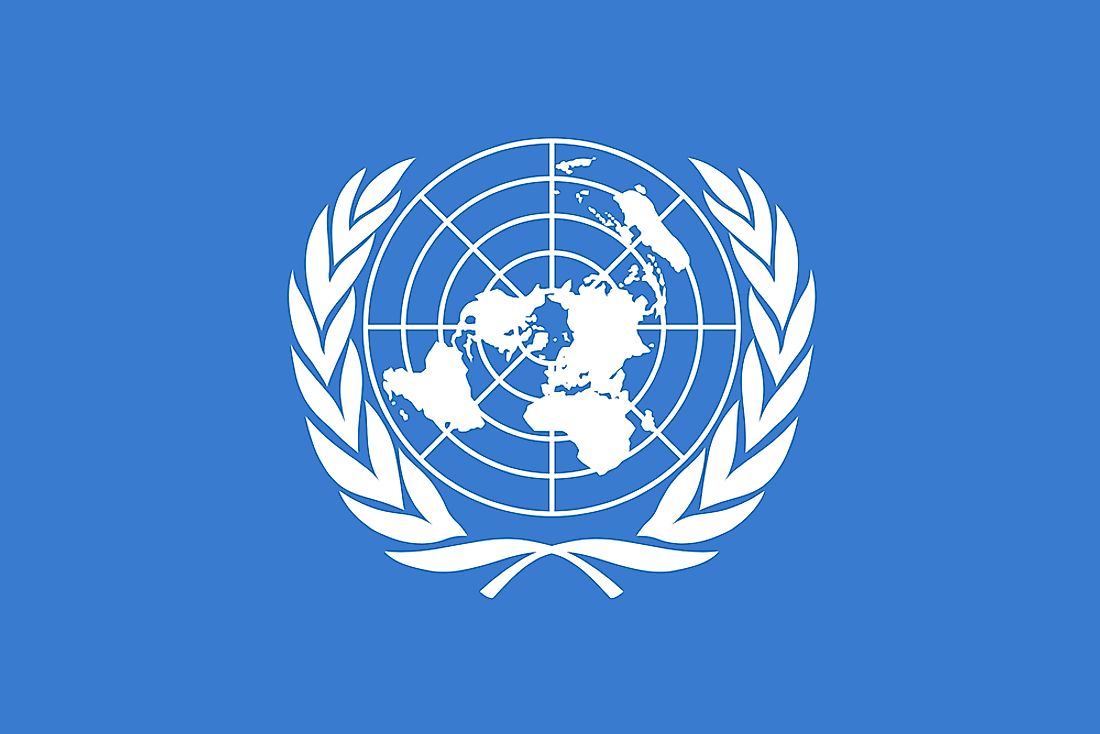How Many Countries Do the United Nations Recognize?

The United Nations (UN)
The United Nations (UN) is an international body established on October 24, 1945, for the purpose of bringing together member states to tackle common challenges, especially the maintenance of peace and security. Created after World War II, the UN replaced the League of Nations, and was designed to prevent future forms of international conflict. Other functions codified in the UN Charter are to protect human rights, deliver humanitarian aid, uphold international law, and promote a sustainable environment. Following the latest admission of South Sudan in 2011, the UN has a total of 193 recognized member states. In addition, the Holy See and Palestine are considered observer states. The UN headquarters is located in Manhattan, New York City, with additional offices in Geneva, Nairobi, and Vienna.
Rules for Membership
The UN Charter outlines that every peace-loving state is eligible for the admission, so long as such a nation accepts the current obligations contained in the Charter and, according to the organization’s judgment, is willing and able to carry out these responsibilities. The admission of such state in the United Nations is subject to the decision by the General Assembly through the recommendations of the Security Assembly.
Criteria for Inclusion
For a state to be recognized as a person of international law to be included as a member of the UN, a country should have a permanent population, a defined territory, a government, and should have the capacity to enter into relations with other states. A prospective state must also not have been obtained through force.
The second criterion is the constitutive theory of statehood, which defines a state as a person of international law when other states recognize its sovereignty. According to the declarative theory of statehood, this criterion is irrelevant. There is, however, a difference of opinion regarding the interpretation of whether a state satisfies the first opinion or not, otherwise the United Nations would currently have 196 members. Individual entities that meet the declarative theory of statehood but fail to attain recognition as member state include Nagorno-Karabakh and Transnistria. Although both states satisfy the declarative theory of statehood criterion, they are recognized only by non-UN member states, which disqualifies them for UN membership. Another state that does not have recognition as a UN member state is Somaliland. Despite satisfying the declarative theory of statehood, Somaliland does not have recognition from any other country.
The UN has been recognized for its humanitarian and peacekeeping endeavours. For example, the organization has received a Nobel Peace Prize, and two Secretaries-General have earned the same award. However, other evaluations of the UN are mixed. Some critics claim the UN is irrelevant, while others accuse the organization of corruption and bias. Nevertheless, the UN has been of great importance to member states.







